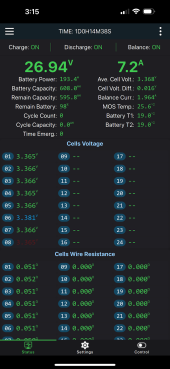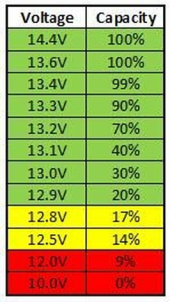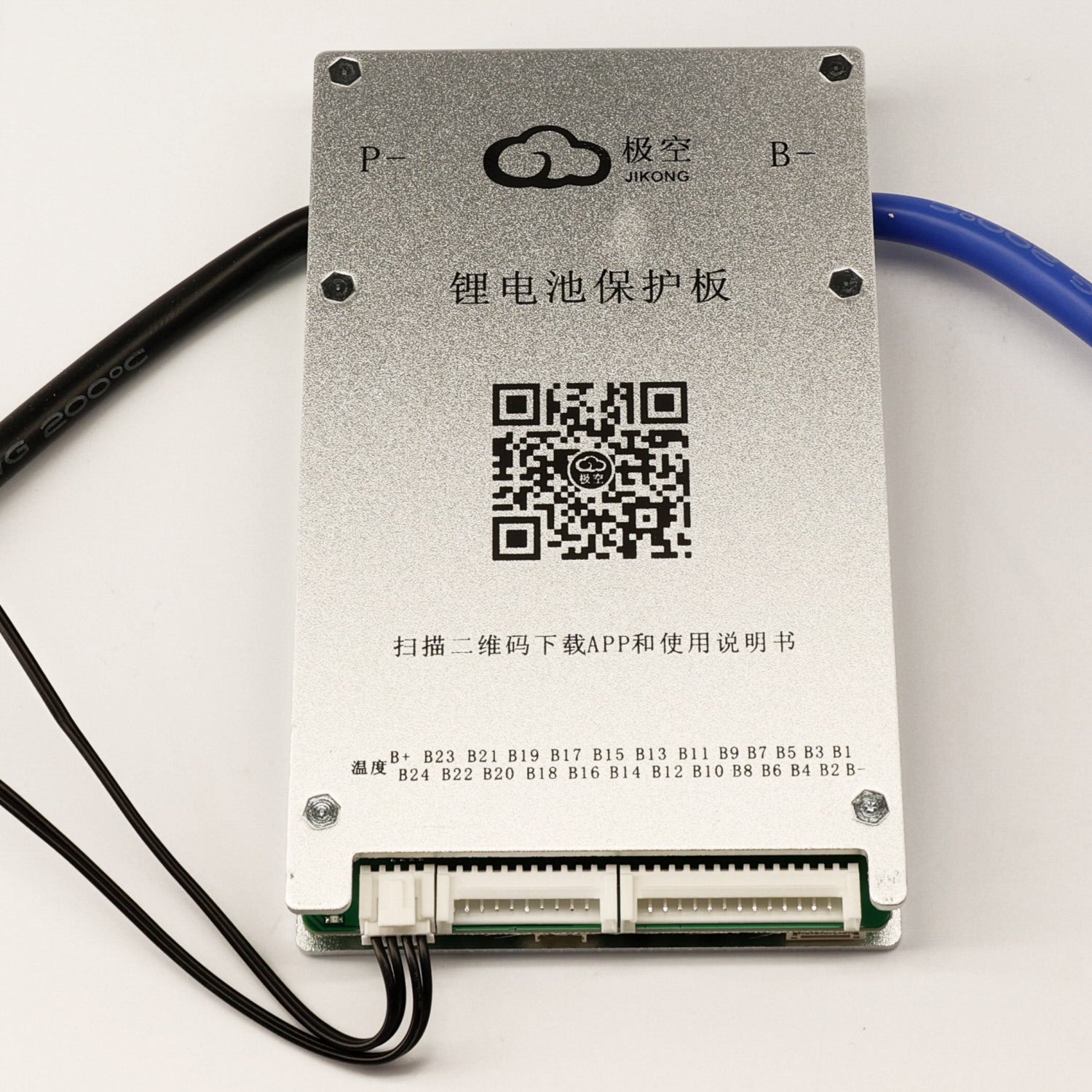It's my first time using a benchtop PSU and it was offgassing some pretty noxious stuff at the beginning. I'm guessing rosin heating up? At any rate it spooked me a bit so I've dialed down the current several times.
Yeah I've seen it - maybe I'm misunderstanding something though. I've been looking at charts like this one for lifepo4 and thinking I'm in the main flat part of the curve where 0.2V delta means a 10% SoC difference for a 24V battery (this also aligns with how the cells were charging to start with).
Then taking the example from my last screenshots. ~8 hours at 7 amps (I think this is conservative given that I dialed up to 10A pretty soon after that first screenshot) means that I put in ~56Ah or ~9% of the 608Ah battery. The total voltage only changed by 0.01V (and as mentioned it was oscillating back to 26.94 regularly). It should have been much closer to the 0.2V increase.
Also I was seeing that relatively linear increase in voltage up to that point (no screenshots since everything seemed to be working as I expected).
View attachment 182239

gotcha
Lol - good thing I've also got some painting/polyurethaning to do on my van build.






